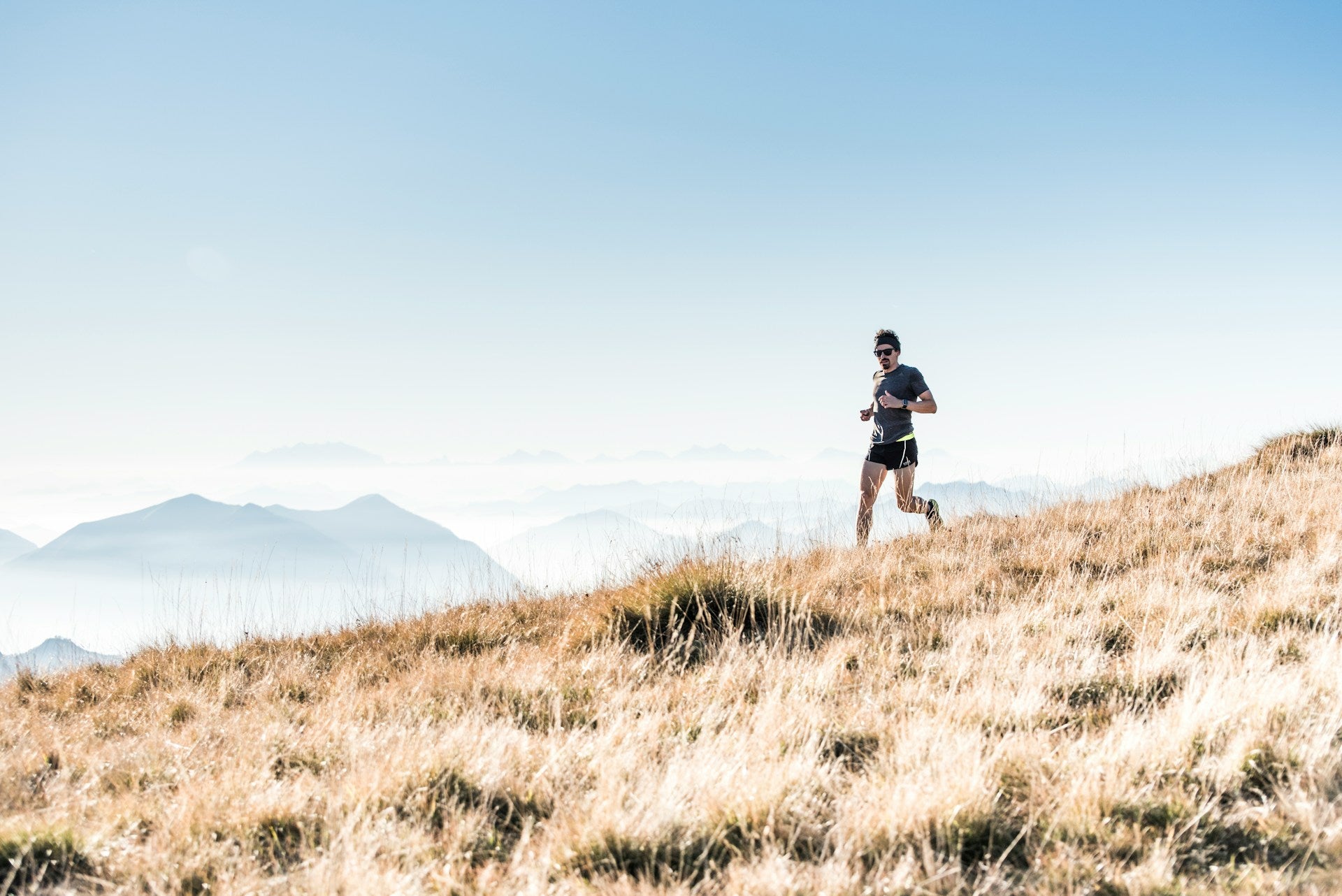A Beginner’s Guide to Trail Running and Building Resilience in Nature

Transitioning from a sedentary lifestyle to the dynamic world of trail running can be a transformative journey. Not only does it offer physical health benefits, but running in nature also boosts mental health and builds resilience. For urban dwellers, the shift can seem daunting, but with the right guidance, anyone can make the leap. This guide will cover essential gear, beginner-friendly trails, training plans, and the myriad benefits of trail running, supplemented by insights from experienced trail runners and personal anecdotes.
Essential Gear for Trail Running
Before hitting the trails, it's important to have the right equipment. Unlike road running, trail running demands specific gear to handle varying terrains and weather conditions.
-
Trail Running Shoes: Invest in a good pair of trail running shoes. They offer better grip, stability, and protection compared to regular running shoes. Brands like Salomon, Hoka One One, and Brooks offer excellent options.
-
Hydration Pack: Staying hydrated is crucial. A hydration pack or vest allows you to carry water and essentials like snacks, a phone, and a first aid kit.
-
Moisture-Wicking Clothing: Wear moisture-wicking, breathable fabrics to keep comfortable. Layers are key, especially in unpredictable weather.
-
Headlamp: If you plan on running early in the morning or late in the evening, a headlamp is essential for visibility.
-
GPS Watch: A GPS watch helps track your progress, pace, and distance. It’s especially useful in unfamiliar trails.

Beginner-Friendly Trails
Finding the right trails is crucial for beginners. Look for trails that are well-marked, have moderate terrain, and are close to your location.
-
Local Parks: Many urban areas have parks with trails that are perfect for beginners. These trails are usually well-maintained and have various difficulty levels.
-
Nature Reserves: Check out nearby nature reserves or conservation areas. They often offer scenic trails that are beginner-friendly.
-
Trail Apps and Websites: Use apps like AllTrails or websites like TrailLink to find trails near you. They provide user reviews, difficulty ratings, and trail maps.
Training Plans for Beginners
Starting with a structured training plan can make the transition smoother and help prevent injuries.
-
Start Slow: Begin with walking and gradually introduce running. A walk-run approach is effective. For instance, start with a 5-minute warm-up walk, followed by alternating 1 minute of running with 2 minutes of walking for 20-30 minutes. Gradually increase the running intervals over time.
-
Build Endurance: Focus on building endurance rather than speed. Aim for 3-4 sessions per week, gradually increasing the duration and intensity.
-
Strength Training: Incorporate strength training to build muscle strength and improve stability. Exercises like squats, lunges, and core workouts are beneficial.
-
Listen to Your Body: Pay attention to your body’s signals. Rest if you feel pain or excessive fatigue. Consistency is key, but so is rest and recovery.
Mental Health and Resilience
Running in nature has profound effects on mental health and resilience. The combination of physical activity and natural surroundings can reduce stress, anxiety, and depression.
-
Stress Relief: Being in nature and engaging in physical activity releases endorphins, the body’s natural stress relievers. It helps clear the mind and improve mood.
-
Mental Resilience: Overcoming the physical challenges of trail running builds mental resilience. Navigating uneven terrain and enduring varying weather conditions require mental toughness.
-
Mindfulness: Trail running encourages mindfulness. The need to focus on the trail ahead helps keep you present, reducing negative thoughts and increasing a sense of well-being.
Insights from Experienced Trail Runners
We spoke to two experienced trail runners to gather their insights and tips for beginners.
Sarah Thompson, Trail Runner for 5 Years: “Start with short, manageable distances and gradually build up. Don’t be discouraged by the initial difficulty. Trail running is more about enjoying the journey than reaching the destination.”
Mark Evans, Trail Running Coach: “Invest in good quality gear, especially shoes. The right shoes can make a huge difference in comfort and injury prevention. Also, don’t forget to enjoy the scenery. One of the best parts of trail running is the connection with nature.”
The Gist
Transitioning from a couch-bound lifestyle to trail running is a rewarding journey. With the right gear, beginner-friendly trails, structured training plans, and an understanding of the mental health benefits, anyone can make the leap. Trail running not only improves physical fitness but also enhances mental resilience and provides a deep connection with nature. Embrace the journey, start slow, and enjoy the countless benefits that trail running has to offer.





Comments